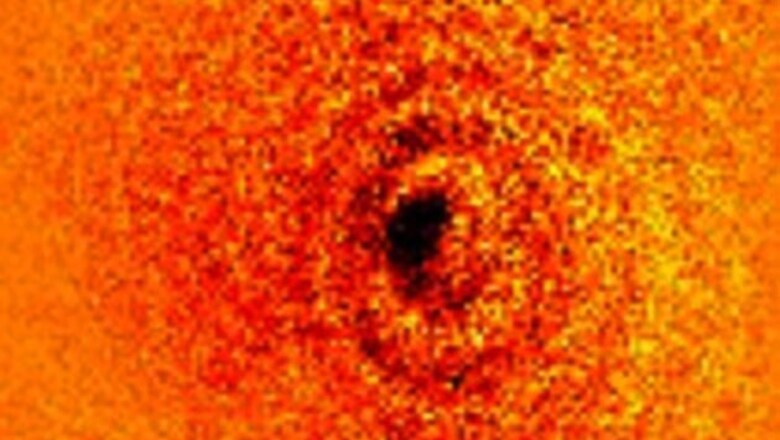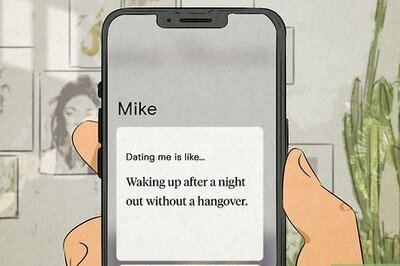
views
Sydney: Scientists have been able to click the shadow of a single atom for the very first time - an unprecedented feat crowning efforts lasting more than five years.
"We have reached the extreme limit of microscopy; you cannot see anything smaller than an atom using visible light," said Dave Kielpinski, professor at the Griffith University's Centre for Quantum Dynamics in Brisbane, Australia.
"We wanted to investigate how few atoms are required to cast a shadow and we proved it takes just one," Kielpinski said, the journal Nature Communications reports.
At the heart of this Griffith University achievement is a super high-resolution microscope, which makes the shadow dark enough to see. No other facility in the world has the capability for such extreme optical imaging, according to a Griffith's statement.
Holding an atom still long enough to take its photo, while remarkable in itself, is not new technology; the atom is isolated within a chamber and held in free space by electrical forces.
Kielpinski and his colleagues trapped single atomic ions of the element ytterbium and exposed them to a specific frequency of light. Under this light, the atom's shadow was cast onto a detector, and a digital camera was then able to capture the image.
"By using the ultra hi-res microscope, we were able to concentrate the image down to a smaller area than has been achieved before, creating a darker image which is easier to see," Kielpinski said.
The precision involved in this process is almost beyond imagining.
"If we change the frequency of the light we shine on the atom by just one part in a billion, the image can no longer be seen," Kielpinski said.
Research team member Erik Streed said the implications of these findings were far-reaching. "Such experiments help confirm our understanding of atomic physics and may be useful for quantum computing," Streed said.
"Because we are able to predict how dark a single atom should be, as in how much light it should absorb in forming a shadow, we can measure if the microscope is achieving the maximum contrast allowed by physics."

















Comments
0 comment